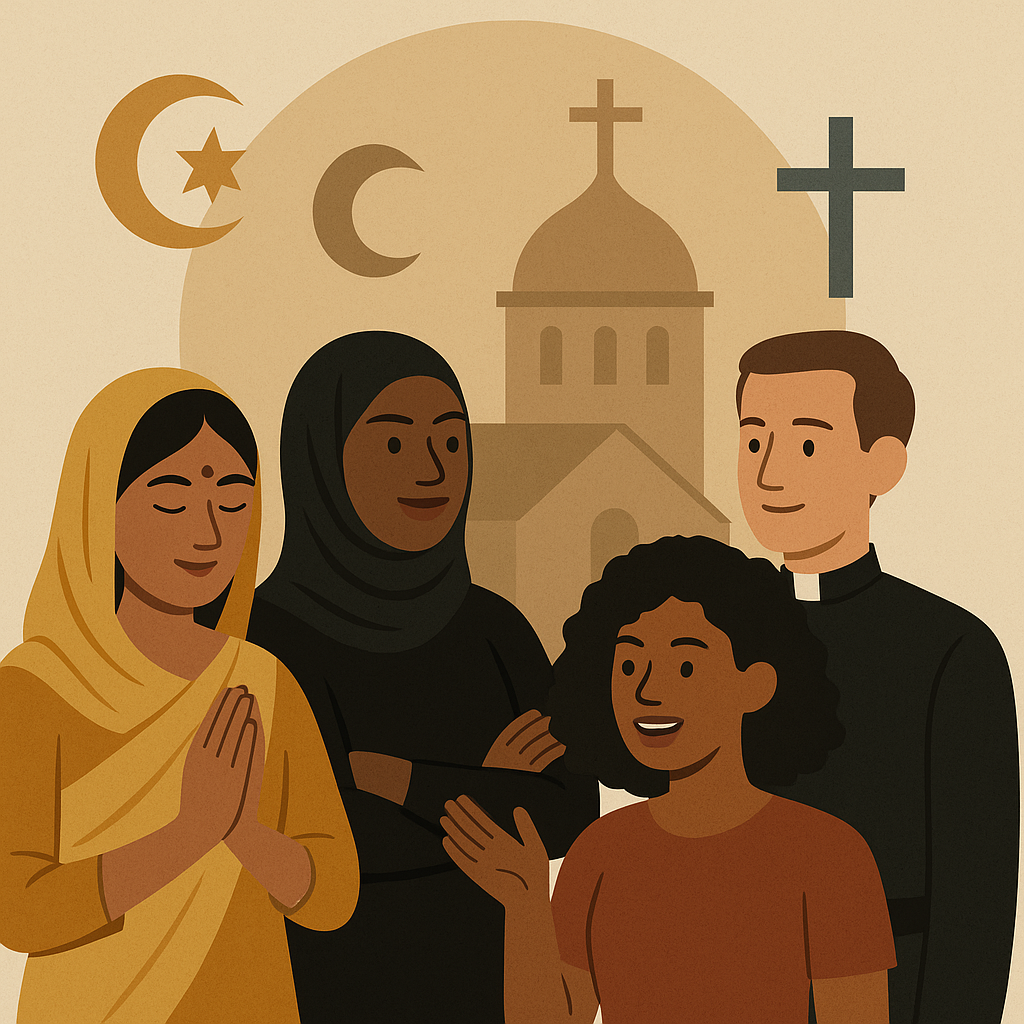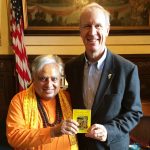Religion’s Internal Reform: How Traditions Are Adapting to Modern Values Like Gender, Diversity & Inclusion
In every era, religion has served as a mirror to society — reflecting its beliefs, challenges, and aspirations. Today, as the world becomes more interconnected and conscious of values such as gender equality, diversity, and inclusion, faith traditions across the globe are undergoing an internal transformation. Far from losing their essence, these religions are learning to reinterpret ancient wisdom in the light of modern human values, ensuring that spirituality remains relevant, compassionate, and inclusive in the 21st century.
The Changing Face of Faith
For centuries, religious institutions were often seen as guardians of tradition — resistant to change. Yet, as social awareness grows, many faiths have begun engaging in deep self-reflection. The realization is simple but profound: to stay true to their spiritual purpose, religions must also evolve with time. From temples in India opening their doors to all genders, to churches in Europe ordaining women and LGBTQ+ priests, to Buddhist and Islamic communities promoting education for girls and equality in leadership — these are not isolated changes but part of a global wave of reform.
Reinterpreting Sacred Texts
One of the most powerful tools in this transformation has been reinterpretation. Religious scholars and reformers are revisiting scriptures with fresh eyes, focusing on the universal principles of love, compassion, and justice rather than rigid, literal readings.
For example, within Hinduism, the idea of Ardhanarishvara — the divine being that is half male, half female — is being re-emphasized to symbolize gender balance. In Christianity, interpretations of Jesus’s teachings are increasingly highlighting inclusivity and empathy for marginalized communities. In Islam, many modern scholars are turning attention to the Prophet’s emphasis on equality and human dignity, challenging patriarchal customs that evolved later.
This movement shows that spiritual truth is timeless, but interpretation is flexible. When read with a heart open to equality, sacred texts become bridges rather than barriers.
Women at the Center of Reform
One of the most visible signs of religious reform is the growing leadership of women in spiritual spaces. Across traditions, women are not only participating but leading prayers, managing institutions, and shaping theology.
In India, female priests are performing Vedic rituals once reserved for men. In Buddhism, women are being ordained as bhikkhunis (nuns) after centuries of exclusion. The Catholic Church is gradually allowing women to take on higher administrative and pastoral roles. In Islamic communities from Indonesia to Morocco, women scholars — known as Alimat — are gaining recognition for their authority on Sharia and ethics. These shifts are not about competition but balance — restoring the divine feminine voice that has always existed within spiritual traditions but was often sidelined by culture and power.
Embracing Diversity in the House of Faith
Beyond gender, diversity is now at the heart of religious renewal. Many modern temples, mosques, churches, and synagogues are becoming more inclusive of caste, race, and sexuality. Spirituality, after all, teaches that the soul has no color or category.
In India, Dalit and tribal communities are finding new recognition within mainstream Hinduism and Buddhism. In Western faith communities, acceptance of LGBTQ+ individuals as equal members is reshaping sermons, marriage rites, and community life. The interfaith movement — where people of different religions pray or work together — is also gaining strength, showing that diversity strengthens faith, it doesn’t weaken it.
Youth as Agents of Change
The driving force behind much of this reform is the younger generation. Today’s youth are questioning outdated norms but still seeking spiritual depth. They want a faith that reflects fairness, compassion, and authenticity. This has pushed religious organizations to modernize not only their messages but also their methods — using social media, podcasts, and online platforms to engage meaningfully. From digital temples and eco-spiritual campaigns to youth-led prayer circles, religion is finding new expressions through the energy and creativity of young believers. Their voices are ensuring that faith remains a living, breathing force for equality and kindness.
Balancing Tradition and Transformation
Every reform movement faces resistance. Critics often argue that modernizing religion could dilute its purity or identity. But most spiritual reformers believe the opposite — that true religion is not about rigid rules but eternal truths. When compassion, justice, and respect guide change, it doesn’t destroy tradition; it revives its original purpose. Faith leaders worldwide are therefore walking a careful line — preserving sacred rituals and philosophies while updating social practices that no longer serve humanity’s higher values. It is not about rewriting religion, but about reawakening its soul in a modern form.
The Global Message
From the Vatican to Varanasi, from Mecca to Mexico City, the message is echoing: inclusion is not a modern invention — it is an ancient ideal rediscovered. Religions that adapt are not betraying their roots; they are returning to them. The essence of every spiritual path — whether Hindu, Buddhist, Christian, Muslim, Sikh, or Indigenous — is to uplift every human being and affirm the sacredness of all life.
Religion’s internal reform is one of the most hopeful transformations of our time. By embracing gender equality, diversity, and inclusion, faith traditions are rediscovering their humanity and relevance. They are learning that true devotion lies not only in worship, but in how we treat one another.
~Religion World Bureau









